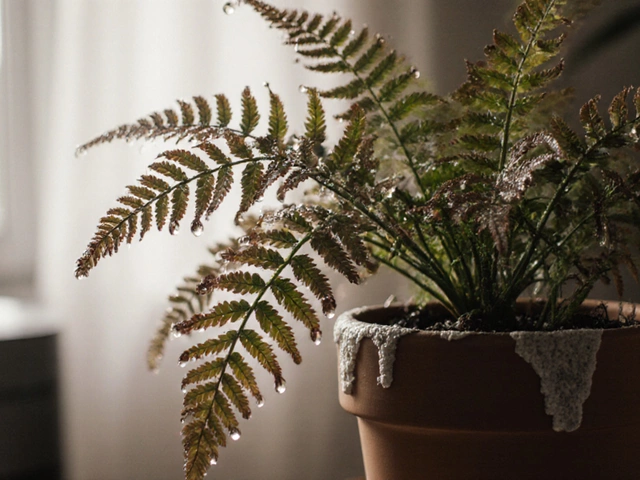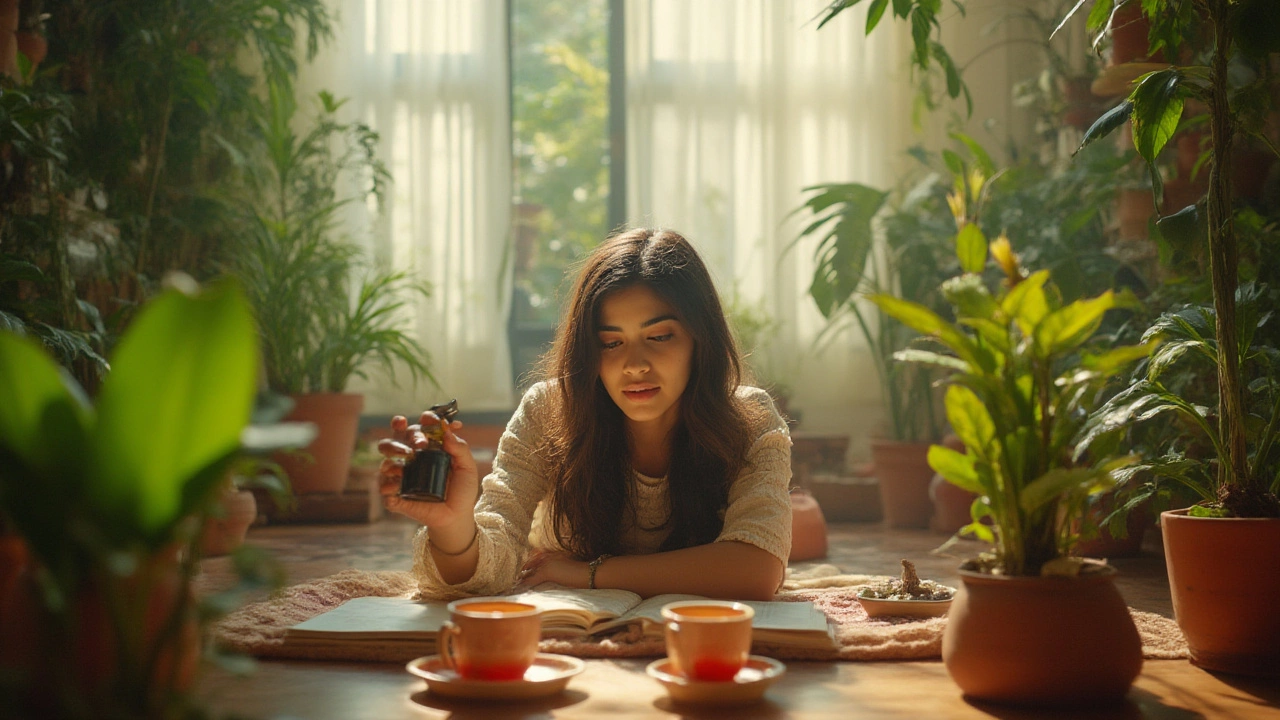Houseplant Misting: Simple Tips for Happy Indoor Plants
Ever wondered why some houseplants look droopy while others stay perky? One quick fix is misting. A light spray of water adds humidity, reduces dust, and can make leaves look glossy. It’s especially useful in dry homes or during winter when heating dries the air.
Why Misting Matters
Most indoor plants come from tropical forests where the air is naturally moist. When you bring them inside, the humidity drops, and the leaves can lose moisture faster than the roots can replace it. That stress shows up as brown leaf tips, curled edges, or a dusty film on the foliage. A few seconds of mist helps balance the moisture level without over‑watering the soil.
Besides the visual boost, misting can improve a plant’s ability to photosynthesize. Moist leaves keep stomata open, allowing the plant to take in carbon dioxide more efficiently. For fans of air‑purifying plants like peace lilies or ferns, a bit of mist also helps them clean the air better.
How to Mist Correctly
Start with a clean spray bottle—preferably one with a fine‑mist nozzle. Fill it with room‑temperature water; cold water can shock the leaves, and hot water can damage them. If your tap water is heavily chlorinated, let it sit for a few hours before using it. This simple step prevents leaf burn and mimics natural rain.
When you mist, hold the bottle about 12 inches away and spray each leaf lightly, both sides if possible. Aim for a mist that coats the surface without dripping heavily. Over‑misting can lead to fungal problems, especially on plants that prefer drier foliage like succulents.
How often? It depends on your home’s humidity and the plant species. In a dry winter apartment, mist once a day may be enough. In a more humid climate, once every few days will do. A quick way to check is to touch the leaf—if it feels dry, it’s time for a mist.
Combine misting with other care habits for best results. Water the soil when the top inch feels dry, place plants near a humidifier or a water tray, and avoid direct drafts. If you have a plant that loves high humidity, like a Boston fern, consider grouping a few together; they create a mini‑microclimate.
Common mistakes to skip: using scented sprays, misting in direct sunlight, or misting too close to the pot. Scented sprays can block pores, sun can cause leaf burn, and too much water on the soil can lead to root rot.
In short, misting is a quick, low‑cost way to keep your houseplants thriving. Keep a bottle handy, mist gently, and watch those leaves perk up. Your indoor garden will thank you with greener, healthier growth.
Do Houseplants Need Misting? Truths About Indoor Plant Humidity Care
Do houseplants really need misting, or is it just another gardening myth? Learn what works, what doesn’t, and how to set up the best humidity for your indoor plants.
About
Indoor Plant Care
Latest Posts


Which Fruit Is the King of India? All About Growing the Mango
By Alden Thorne Apr 19, 2025

Flower Blooming Seasons in India: Best Months for a Colorful Garden
By Alden Thorne Jul 13, 2025

Can You Use Tap Water to Mist Indoor Plants?
By Alden Thorne Nov 21, 2025

